National Preservation Month: A celebration of Boston’s rich architectural heritage 02/06/20

By Haycon
Initiated in 1973 by the National Trust for Historic Preservation, the month of May is observed as National Preservation Month across the United States. Events that work towards promoting heritage, tourism and the cultural and economic advantages of preserving historic places are held throughout the month co-sponsored by local preservation groups. These events help create awareness about historic places and monuments in and around the city.
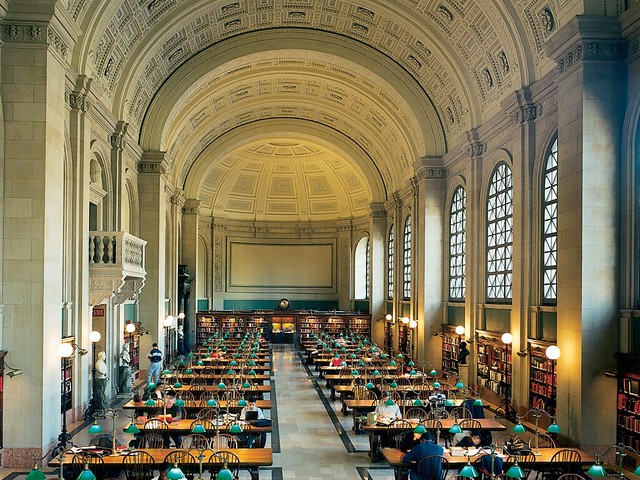
The reading room of the Boston Public Library’s McKim Building in Copley Square, built in 1895.
There are 57 properties and districts that have been designated the title of National Historic Landmarks in Boston, including the Boston Naval Shipyard, the Boston Public Library, the Boston Athenaeum and the African Meeting House. There are several reasons why historic properties should be preserved and cared for. Historic properties have intrinsic value; they tend to be built using high quality materials such as rare hardwoods and wood from forests that no longer exist, making these properties rare and exquisite. Furthermore, the architecture of old buildings is more intricate and customized compared to many buildings built now, making them a delight for local residents and tourists alike.

The intricate interior of a historic South End row house restored by Haycon.
Boston’s historic properties evoke the city’s culture and complexities and help tell the rich story of our legacy and heritage. Boston’s historic buildings are a straight representation of our heritage and culture, and preserving these buildings represents our commitment to remembering and learning from the past and continuing to build a sustainable future. Restoring historic properties and ensuring their continued contribution to the local economy can be a powerful tool for sustaining local commerce, creating jobs and generating capital. Preservation is also an effective method for promoting sustainability and avoiding wastage of energy. When a historic building is demolished, the community loses the value of materials, resources and labor used to build it. In many cases, restoring and redeveloping historic buildings uses less energy and materials and is more cost-effective than demolishing the building and building from the ground up.
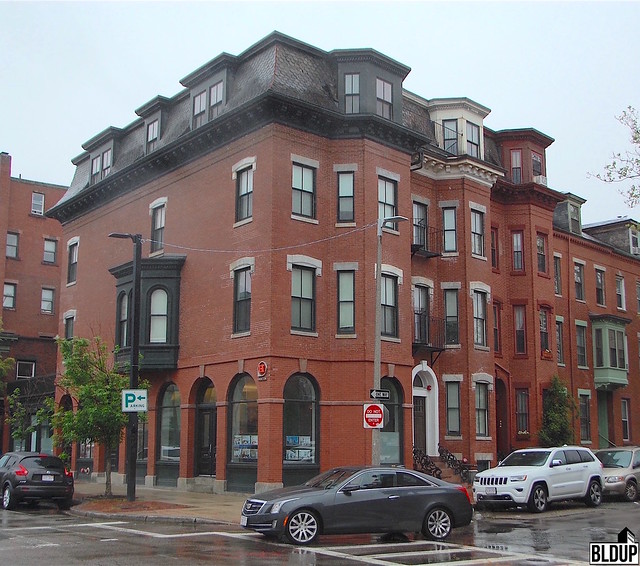
The exterior of 784 Tremont Street, a historic South End row house restored by Haycon.
The government recognizes the importance and sustainability of preserving historic buildings; the Federal Historic Preservation Tax Incentive encourages the private sector to invest in the restoration and redevelopment of historic buildings and offers a tax credit in return, reducing the amount of tax owed. The government issues a 20% tax credit for the rehabilitation of certified historic properties that have the potential to produce income, and a 10% rehabilitation tax credit that equates to 10% of the total amount spent on rehabilitation of a non-historic property built before 1936.
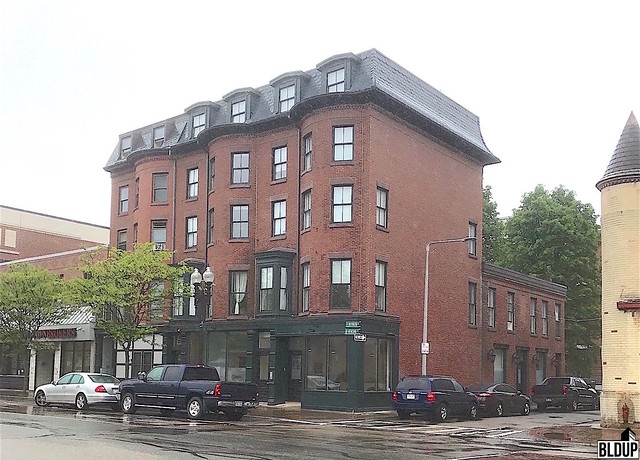
The exterior of 1902-1904 Washington, a historic South End mixed-use building restored by Haycon.
Hiring an expert general contractor with experience in historic preservation is the key to a successful restoration and redevelopment project. Such a general contractor will help evaluate a property’s suitability for renovation and the appropriate methods through which restoration can be executed using approved replacement construction materials and cutting down on unnecessary costs. An experienced general contractor will also be well-versed in obtaining necessary approvals for modifications to historic properties, which are protected by a number of official regulations.
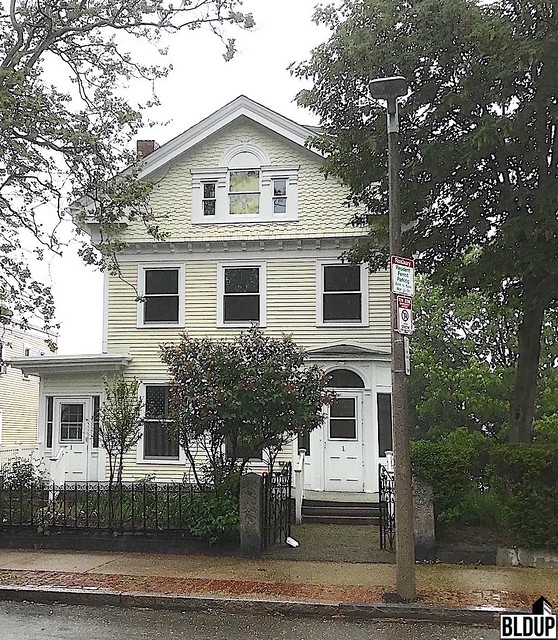
The exterior of 117 Centre Street, a historic Roxbury home restored by Haycon.
There are various criteria and specific standards for rehabilitation of any property listed as historic. The current condition of historic features will be evaluated to determine the appropriate level of intervention needed, and which characteristics should be kept and which are insignificant. Replacement of intact materials or repairable historic material, or alteration of features, spaces and spatial relationships that are primary characteristics of a property, must be avoided. Distinctive materials, features, finishes and construction techniques or exemplary examples of craftsmanship that characterize a property will be retained and preserved, in addition to any later changes to a property that have acquired historic significance.
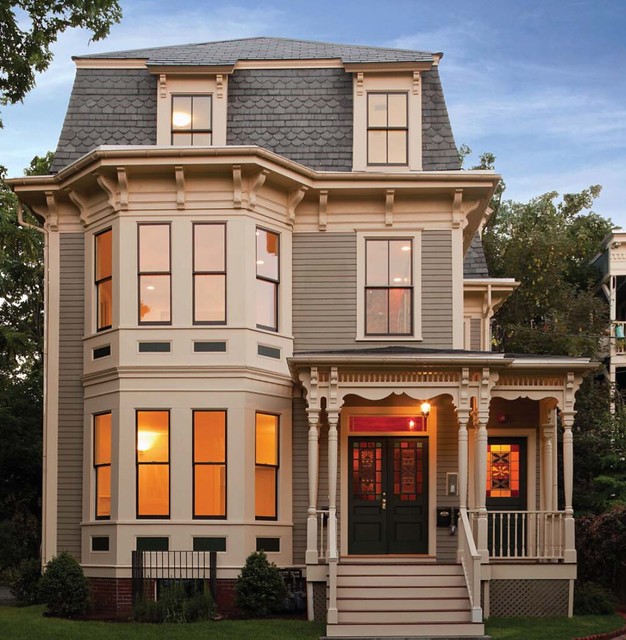
The exterior of the 1887-built Philip Munroe Residence in Cambridge, restored by Haycon.
Recently, the State of Massachusetts’ Executive Office of Energy and Environmental Affairs started the #ThisPlaceMatters social media campaign, encouraging people to take pictures with buildings and properties of historic value to increase awareness and gather public support for preserving various properties. The #ThisPlaceMatters campaign is educating the public about the importance of preserving and restoring historic properties in a way that honors of the property’s history and background. Historic properties endorse a sense of belonging and familiarity that locals can associate with and are a proud symbol of the city we have built, and hence should be restored and redeveloped in a way that ensures this familiarity and pride does not disappear.
Boston World Trade Center, home to .@NESEA_org #be16 , will stand for centuries. Amazing masonry! #thisplacematters pic.twitter.com/t45m9FYQpd
— Dwayne Fuhlhage (@DwayneFuhlhage) March 9, 2016
A #ThisPlaceMatters tweet noting the intricacy of Boston’s historic World Trade Center in the Seaport District
Contributor Bio
Metro Boston’s premier builder with a small-firm focus on customer service and large-firm driver of innovative construction technology and value engineering. From award winning Historic preservation initiatives to ground up modern construction, our knowledgeable team delivers the highest quality construction with optimal value.
